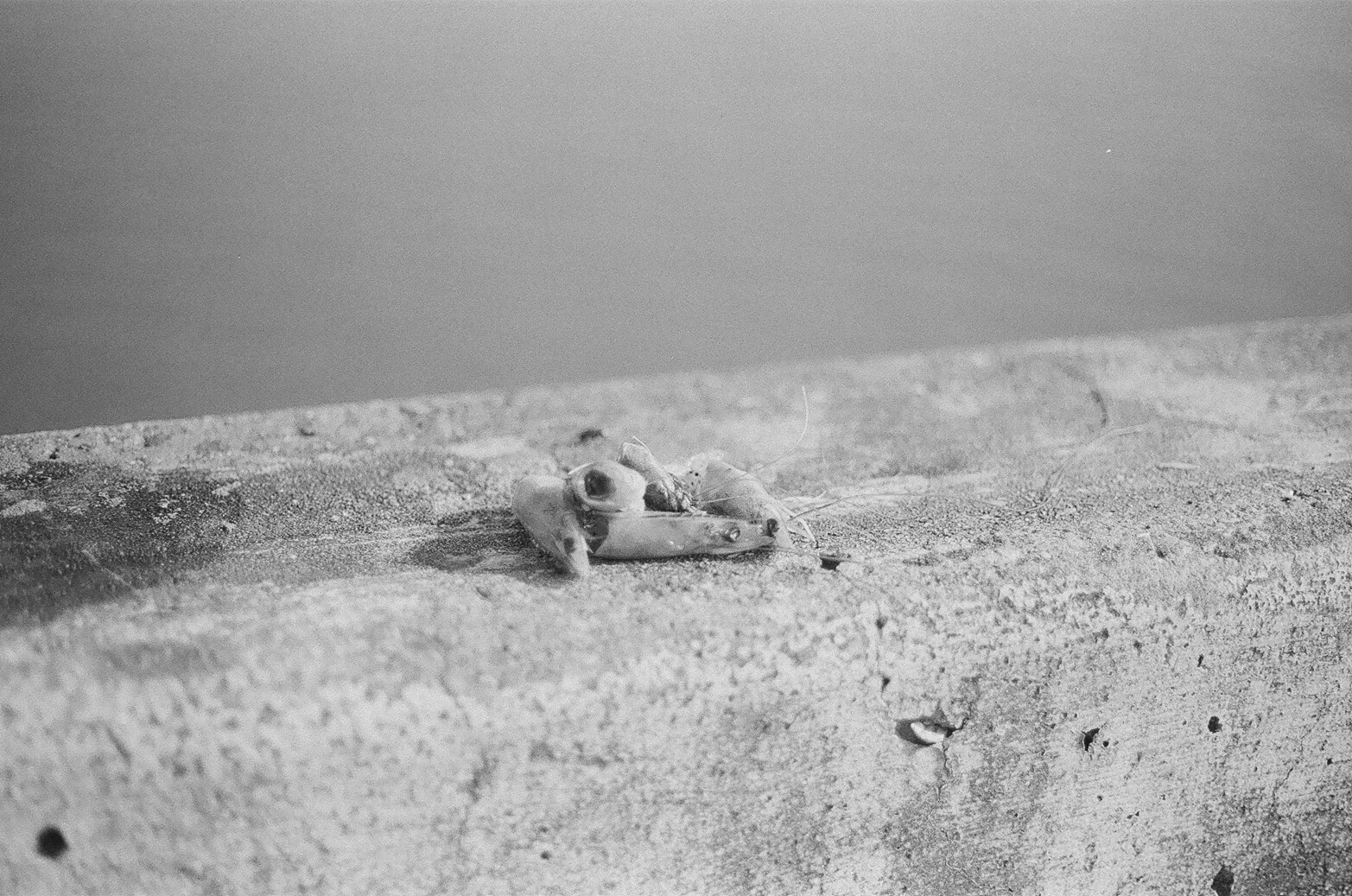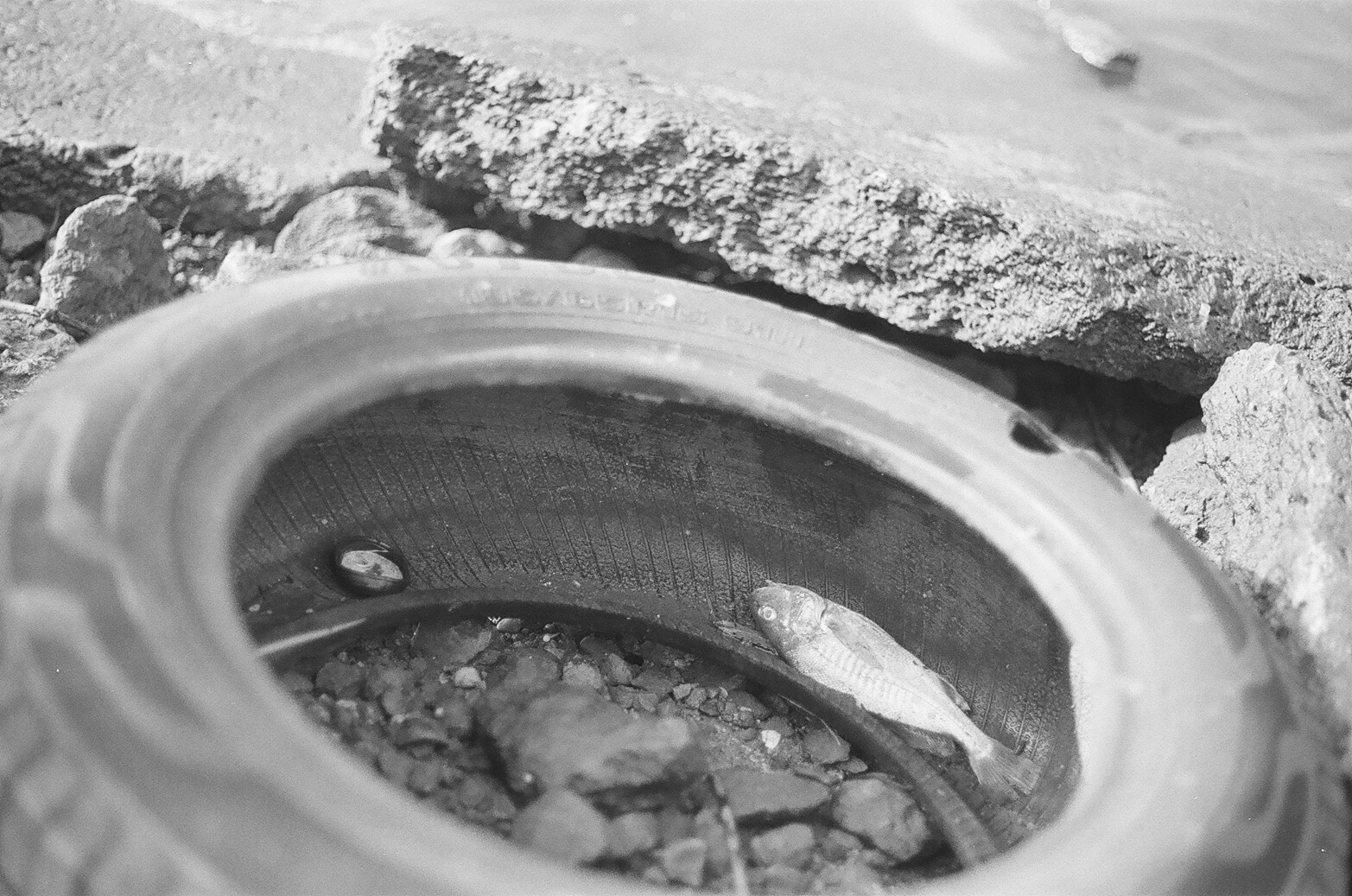Channelview, Texas
This Penny White Project continued to build upon the work of my final MLA design thesis, to cast a line in the san jacinto river, and offered insight into the deficiencies, and revelations, of online-research and the importance of embodiment as an ongoing practice in the field of Landscape Architecture.

GUIDING PRINCIPLES
These guiding principles are what I carried with me throughout this project. By defining and naming these for myself, I was able to communicate more clearly with those I interviewed and met in the field. It provided clarity and allowed for rich conversations with “experts” on the study area and this particular Superfund Site. It allowed for us to share ideas and insights on how they understood their own work and allowed me to further reflect upon mine. Taking these theoretical musings and applying them to the realities of addressing contamination, storms, bureaucracy, and a project that has been in the works for over 13-years, allowed for them to evolve in ways I didn’t anticipate. This was a direct result of having conversations in the field.EMBODIMENT
Embodiment here refers to the way in which someone experiences, or sees, a place. It is a way of thinking that helps us visualize how we are both in the landscape and of the landscape, acting in relation to it, just as it acts on us as well. This concept draws upon the work of Setha Low and Astrida Neimanis. PLACE
Rather than thinking of place as a site with a defined boundary, what if we addressed place through the layered histories and experiences that make place. That make home. That hold memories.
That change.
STORM
A hurricane can be understood not only as a moment of instability, but as a moment of intensity that generates a closeness to water and a thickness of land. The storm is positioned as an experience that is lived. By detaching the storm from the moment of impact and the ‘destruction’ that it leaves behind, you gain a more nuanced understanding of how the storm is an agent of change, of bounty, and even, perhaps, a moment to celebrate and endure.REMNANT
The traces of people. An image of embodiment, of use, of location, of time, of activity, of positionality, of care. What they leave behind offers another way of seeing. Seeing someone. Understanding pieces of a moment, of a way of living. The passing of time. It’s not so much what someone may have forgotten or intentionally left in a place, but how pieces of them entangle with their surroundings - fishing line caught on telephone wires, shrimp shells piled up on the edge of a bridge, raw chicken juice rotting in the hot humid sun. ADVISORIES
Fences line the pits, documents and advisories build up in file cabinets off-site, signs are posted along the shoreline, and yet, people still fish in places that are defined as unsafe or dangerous. They still stop along the roadways to cast their lines, drop their nets, or wade into the water in search of food. Families gather each Sunday and catch their week’s worth of protein in a few hours - hours filled with laughter and play. These advisories are ineffective and distanced from the reality of how this area is used, experienced, embodied. What might an ‘advisory’ that builds in a better practice of observation, communication, correspondence, and advocacy look like?SOFT
Softness does not sit in contrast to something that is “fixed” or “rigid” or “defined”. It is a part of it. Softness refers to the inevitable cracks, fissures, and breaks in rigidity that allow for growth to happen. This is translatable between everything from materials to emotions to our bodies. Softness is a seed that lands in the soil after a storm and begins to grow miles from where it came. Softness is the hug you get when you lose someone or something in a storm. Softness is a crack in our working hands and feet. Incorporating more softness in our work is paramount. ENTER
Our bodies and the things that surround us are registers of change. We see changes in materiality over time - the degradation of materials, the erosion of the shoreline, the wrinkles in our skin. We see it, but do we honor it? Do we plan or design with it? Imagine entering into the water and sensing the change in the tide on your skin. The discrete changes in water level becomes a register of the dynamics at play around you. It’s about drawing attention to these moments of noticing, of sensing, of feeling, of measuring that are built within us - Our capacities are endless. CHANGE
The dynamics of a place. Everything is always undergoing change. It may be visible, it may be obfuscated. Regardless of its ability to be measured or quantified, change happens. It may not be able to be anticipated, but it is embodied. The fisherpeople know this. They plan their days around tidal fluctuations, the migration of fish, the visible, and the invisible. WATER
Water is a conduit and mode of connection. We are made of it. It offers us the buoyancy we need to keep going. As Astrida Neimanis argues, there are other ways of understanding water as something that has the power to connect us. It shapeshifts, it cycles, it transports, it gives and takes life. It is both simultaneously opaque and transparent. CAST
A moment with intention. A release. An activity that has both solitude and community built in. Casting a net or a baited hook defines a place. It is an action that brings people together. Built within it is sensing, location, patience, excitement, and conversation. It keeps you still but with enough attempts, keeps you moving. It is an action that binds your hands to something in the water. Something you can’t yet see but wait to feel. Most importantly, it brings people together. It brings people back to the same spot that offers food, solitude, and community. It weaves disparate lives together over a common goal.
Below are some of the photographs captured during a week-long site visit to the Houston, Texas area in July of 2021.





























︎︎︎